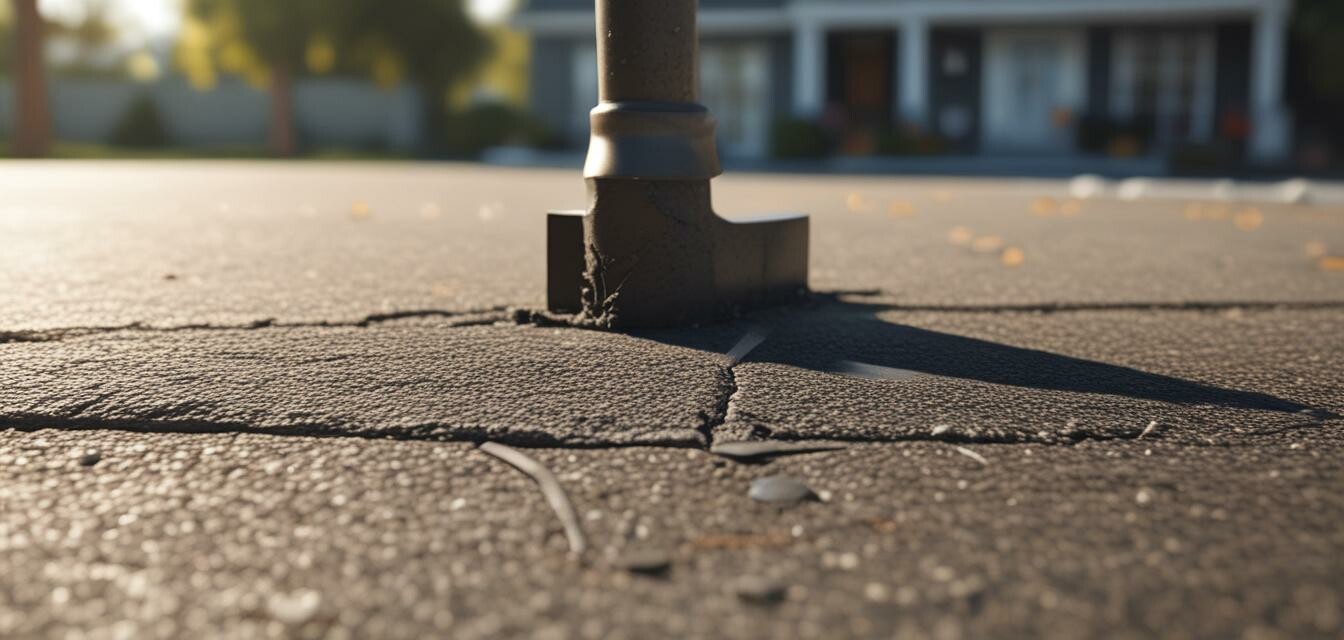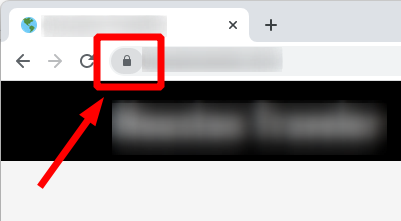
Best Practices for Using Asphalt Crack Fillers
Key Takeaways
- Choose the right crack filler based on the type of damage.
- Follow preparation steps to ensure optimal adhesion and effectiveness.
- Refer to product instructions for specific application techniques.
- Consider weather conditions when planning your application.
- Regular maintenance helps extend the life of your asphalt surfaces.
Asphalt surfaces are durable but not invincible. Over time, cracks can develop due to weather conditions, traffic, and natural wear and tear. Applying crack fillers is crucial for maintaining the integrity of your paved surfaces. This article will walk you through the best practices for using asphalt crack fillers, ensuring your repairs are durable and effective.
Understanding Asphalt Crack Fillers
Before diving into application practices, it’s essential to understand the different types of asphalt crack fillers and their uses. Some common types include:
| Type of Crack Filler | Best for | Features |
|---|---|---|
| Cold Pour Filler | Large cracks | Easy application, no mixing required |
| Hot Pour Filler | Dynamic cracks | Durable, flexible, suitable for extreme conditions |
| Polyurethane Filler | Wide and deep cracks | Resistant to water, durable, and adheres well |
Choosing the Right Crack Filler
Selecting the right product is vital for effective crack repair. Below are some products we highly recommend:
6.0 Permanent Asphalt Repair for potholes, driveways, and roads - Bucket
Permanent asphalt repair solution, environmentally friendly and backed by a 3-year warranty.
Learn MorePreparation Steps for Crack Filling
Proper preparation is key. Here are the steps you should follow:
- Clean the area: Remove debris, dirt, and loose asphalt using a wire brush or pressure washer.
- Dry the crack: Ensure the crack is completely dry before applying filler. This may require waiting for dry weather.
- Assess the crack: Determine the depth and width of the crack to choose the right filler.
Application Techniques
Once you're prepared, follow these techniques for a successful application:
- Read product instructions: Every product is unique; make sure to follow specific guidelines.
- Apply evenly: Using a caulking gun or trowel, ensure the filler fills the crack completely to prevent moisture intrusion.
- Smooth the surface: For an aesthetic finish, smooth over the filled crack with a trowel before it sets.
Weather Considerations
Weather can greatly affect your application. Here are some considerations:
| Weather Condition | Recommended Action |
|---|---|
| Rain | Do not apply filler; wait until the area is dry. |
| High temperatures | Fill cracks early in the day to prevent rapid drying. |
| Low temperatures | Use products rated for colder climates to ensure bond strength. |
Maintaining Your Asphalt Surface
Regular maintenance will extend the life of your asphalt surfaces. Here are some tips:
- Inspect your asphalt regularly for new cracks.
- Schedule crack filling in a timely manner.
- Consider sealing your asphalt every few years for added protection.
If you face larger cracks
If you encounter larger cracks that require additional work, consider using a specialized product such as:
Magic Crack Filler 2LB Concrete Tan
Designed for filling cracks on driveways and patios with minimal mess and effort.
Learn MoreConclusion
Using asphalt crack fillers can significantly enhance the durability of your pavement. By understanding the types, preparing correctly, applying properly, and maintaining regularly, you can keep your asphalt surfaces in top condition. Don’t forget to consider the weather and external conditions when you plan your repair projects. For more resources on asphalt paving techniques, check out our Asphalt Paving Techniques guide.
Tips for Beginners
- Start with small crack repairs before tackling larger areas.
- Invest in quality tools for better results.
- Practice your technique on less visible areas first.



